Once the Spanish Inquisition was established its spread like wildfire. It was an organisation that invented itself, made up the rules as it went along, and perpetuated itself by creating new roles.
By Nick Nutter | Updated 8 Mar 2022 | Andalucia | History |
Login to add to YOUR Favourites or Read Later
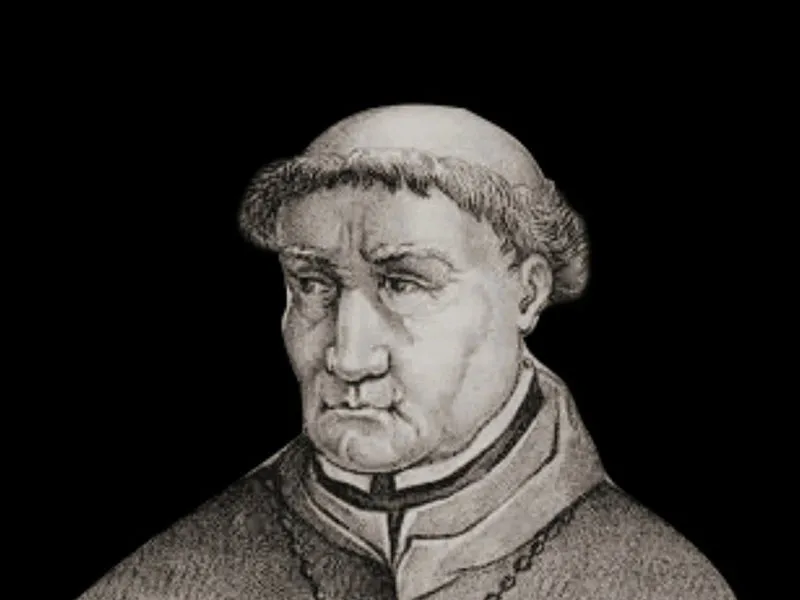
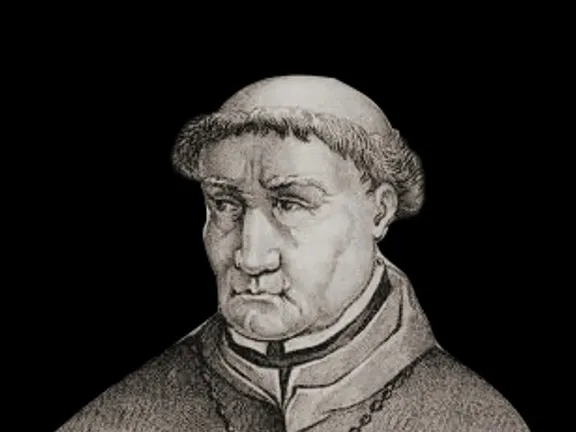
Tomás de Torquemada
Once the Spanish Inquisition was established it spread like wildfire. It was an organisation that invented itself, made up the rules as it went along, and perpetuated itself by creating new roles. The first intimation that the tribunal had arrived in an area was normally when the Inquisitors preached a sermon in that district listing the heresies and inviting those who wished to discharge their consciences to come forward and denounce themselves and others.
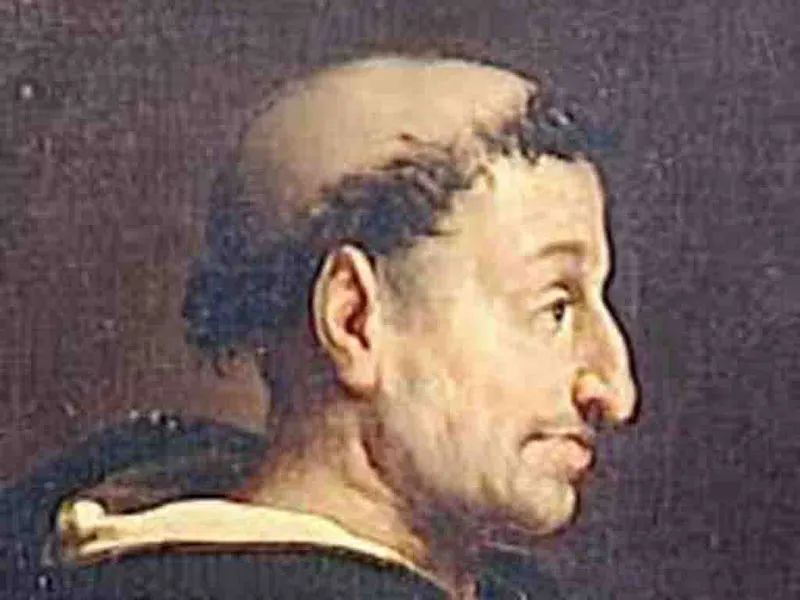
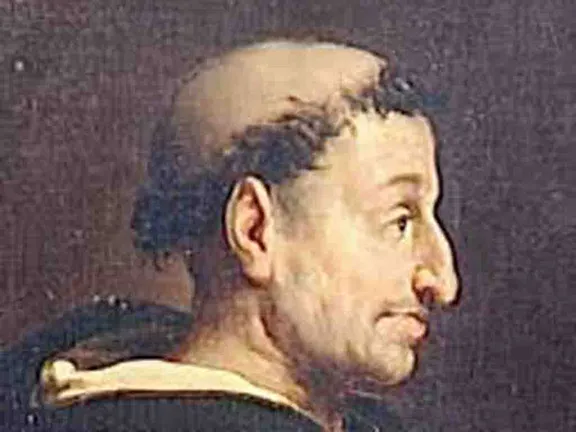
Tomás de Torquemada
Thousands of conversos were faced with a dilemma. Did they admit to heresies during the period of grace, usually thirty days, or did they wait and hope that they would not be denounced by a vindictive neighbour. One of the problems faced by conversos was that, over the years, practices permissible by their old religion, Judaism, had been incorporated into their Catholic practices and many had received no real guidance as to what was permissible and what was not. To be safe they confessed to anything that could possibly be a heresy.
Furthermore the Inquisition did not have a definitive list of all heresies, they tended to add them to their list if they thought that a practice would have been on the list if it had been thought of in the first place, including new heresies confessed too by unwitting conversos. In Seville thousands of conversos were imprisoned waiting to be interrogated following voluntary confessions. In one year alone, 1486, the Toledo Inquisition reconciled 2,400 repentant conversos. Many thousands more conversos fled, managing to keep one town or province ahead of the Inquisition. They were automatically assumed guilty.
It was this period of grace and the willingness of conversos to confess that persuaded the Inquisition and the rest of Catholic Spain, that there was a huge problem and led to the later historical reports that there were hundreds of thousands of heretics.
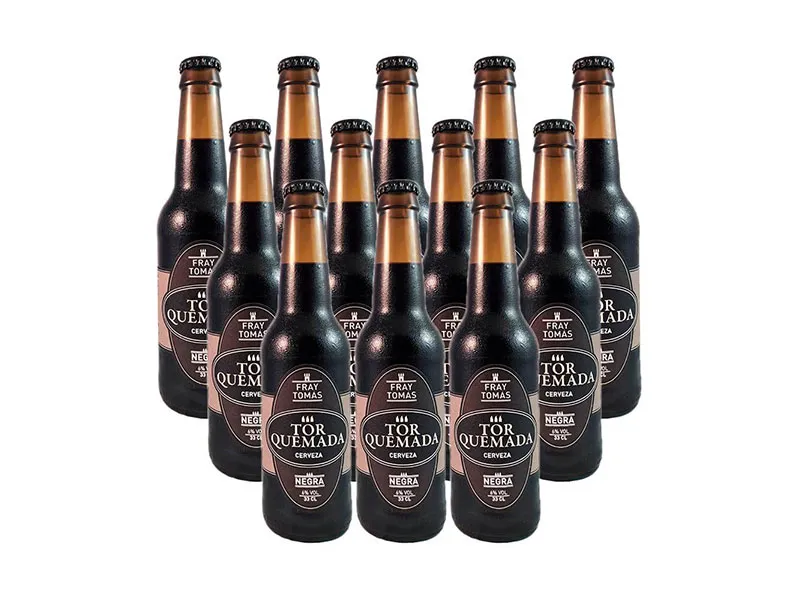
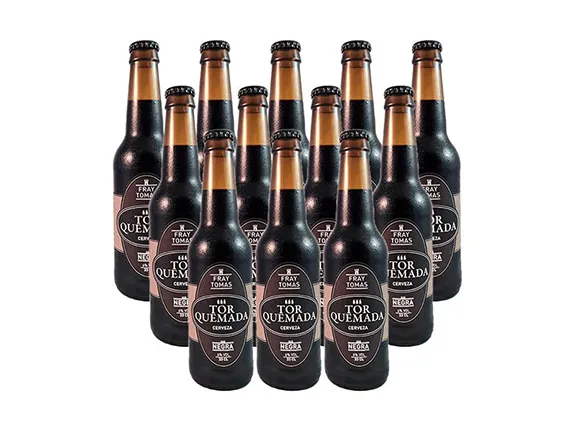
Tomás de Torquemada beer
In principle, if a heretic confessed then they could be punished by losing some of their civil liberties. In practice this could be avoided by a payment to the Inquisition and records indicate that this was the most common outcome. However the Inquisition did not always accept the repentance implied by the confession and several heretics were brought to trial for offences committed after rehabilitation. In 1511 Maria Gonzalez was brought to trial. The only evidence against her was her own confession in 1483 which she gave during a period of grace. Her husband had been burnt as a heretic at that time. Maria made the mistake of maintaining ‘they burnt him on false evidence’. She too met the same fate.
In 1485 the Spanish spin doctors again sharpened their quills. They concocted a similar story to the Seville conspiracy related in the previous article, except placed it in Toledo. The plot was supposed to be executed on the feast of Corpus Christi in 1485. The Inquisition was moved from Cuidad Real to Toledo.
By 1485 the converso and New Christian (even the offspring of conversos were persecuted for the ‘sins of their fathers’) population of Spain were living in fear of their lives. Many decided to flee abroad even before the expulsion orders and this has contributed to the myth of the Inquisition because it was not only possible to be tried in your absence it was also possible to be punished and executed in your absence as well. For instance, in the two years during which the tribunal sat at Cuidad Real, 52 people were burnt alive but a further 220 were condemned in their absence and burnt in effigy. In 1493 in Mallorca, 3 people and 47 effigies were burnt.
Many of the cases heard were because of accusations made by Jews against conversos and many of the accusations proved false. In some cases the crown intervened to have the false accusers arrested and tortured. Even so, over a period of ten years it appeared that Spain was riddled with heretics, good Christians who had been tempted back to Judaism by wily Jews, or at least that was how Torquemada portrayed the situation.
There are very few records of trials during this period of the other group feared by the Grand Inquisitor of Spain, Tomás de Torquemada, the Moriscos, Muslims that had converted to Christianity. Following the reconquest of Malaqa in 1487, a group of Islamic ex Christians were put to death for the offence of converting back from Christianity to Islam. Conversely in Granada in 1492, a similar group were welcomed back into the Christian fold.
Records show that the first 50 years of the Inquisition saw the tribunals at their most active and the greatest number of convictions for heresy. At the end of the 15th and beginning of the 16th century the figures are instructive. In two years in Cuidad Real 52 people were burnt alive but 220 were condemned in their absence. In Barcelona in June 1491, 3 persons went to the stake but 139 were judged in their absence. In Majorca in May 1493, 3 people were burnt, whilst 47 were burnt in effigy. This pattern was repeated through Spain. It is this practice of burning an effigy and condemning people in their absence that led to the total numbers of executions being exaggerated by early historians. The real figures are bad enough. More recent estimates based on records of the time indicate that up to 1530 around 2,000 people went to the stake for heresy. This represented about 75% of the total number of people executed throughout the four hundred years of the Inquisition. Of those condemned, between 1488 and 1505 in Barcelona, 99.3% were conversos and in Valencia between 1484 and 1505, 91.6% were of converso origin.
It appears that the tribunals were concerned not with heresy as a whole but only the secret practice of Jewish rites. In other words, during this period of most intense activity during the Inquisitional period, you were only really threatened if you were a converso or of a converso family.
During his final years, Torquemada became increasingly ill. Pope Alexander VI took the opportunity to appoint four assistant inquisitors. They had instructions to restrain the Spanish Inquisition and release the wealth that it had accumulated. Torquemada died in 1498 and was interned in the monastery of St. Thomas Aquinas in Avila. In 1832, two years before the Inquisition was disbanded, his tomb was robbed and his bones were burnt in the same manner as an auto-da-fé.
Torqemada's memory lives on. A brewery has introduced a Tomás de Torquemada branded beer.
So effective was the Inquisition during the first 50 years that it ran out of conversos to persecute.
During the 50 years, 1480 to 1530, first hand converso memory of Jewish practices had dwindled to the extent that any converso was of the second generation and was largely considered to be Catholic Spanish. There were odd exceptions where family memories had been kept alive but, by and large, the Inquisition had accomplished the task for which it had been created, to rid Spain of Jewish conversos. It now had to redefine a role for itself to justify its continued existence.